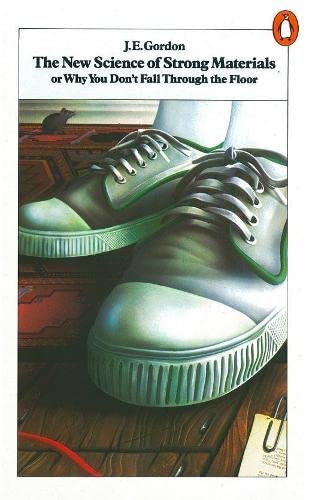
1991
First Published
3.43
Average Rating
300
Number of Pages
Why isn't wood weaker that it is? Why isn't steel stronger? Why does glass sometimes shatter and sometimes bend like spring? Why do ships break in half? What is a liquid and is treacle one? All these are questions about the nature of materials. All of them are vital to engineers but also fascinating as scientific problems. During the 250 years up to the 1920s and 1930s they had been answered largely by seeing how materials behaved in practice. But materials continued to do things that they "ought" not to have done. Only in the last 40 years have these questions begun to be answered by a new approach. Material scientists have started to look more deeply into the make-up of materials. They have found many surprises; above all, perhaps, that how a material behaves depends on how perfectly - or imperfectly - its atoms are arranged. Using both SI and imperial units, Professor Gordon's account of material science is a demonstration of the sometimes curious and entertaining ways in which scientists isolate and solve problems.
Avg Rating
3.43
Number of Ratings
14
5 STARS
21%
4 STARS
14%
3 STARS
50%
2 STARS
14%
1 STARS
0%
goodreads
Author
J. E. Gordon
Author · 4 books
James Edward Gordon (UK, 1913–1998) was one of the founders of materials science and biomechanics, and a well-known author of three books on structures and materials, which have been translated in many languages and are still widely used in schools and universities. (wikipedia)